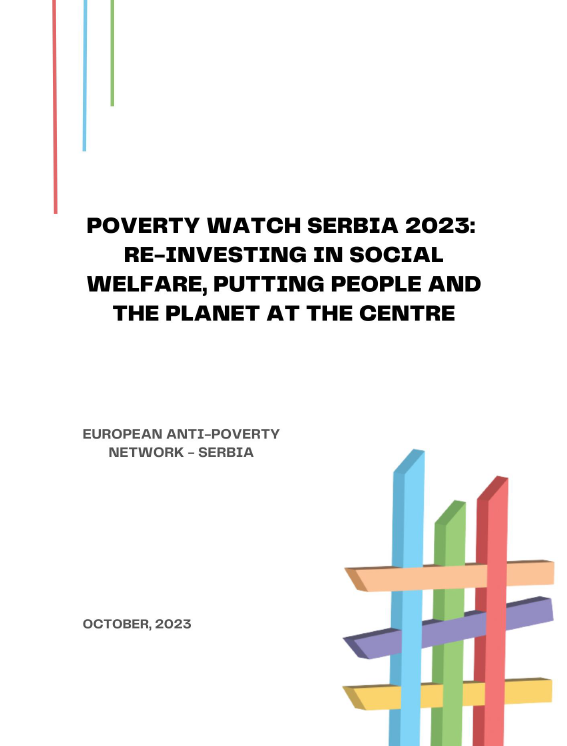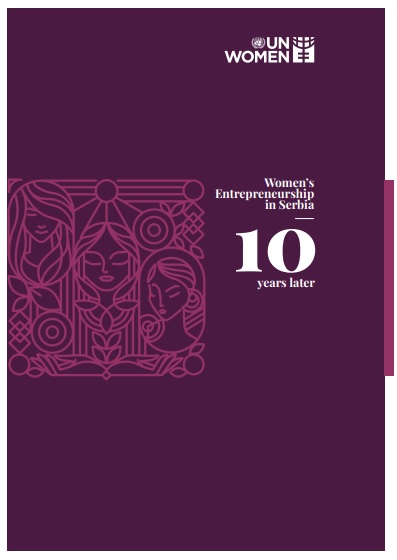The response to the pandemic in Serbia followed a “restrictive model”, which included a package of measures such as closing borders, abolishing public transport to reduce human mobility, relatively high restrictions on movement during curfews and several days of imprisonment. Under such conditions, structural inequalities, including gender inequalities, have become more visible and have led to the pandemic burden being distributed differently to women and men.
The aim of the analysis is to show how the COVID-19 pandemic reflected on the care economy in three aspects:
• How it affected the position, working conditions, the workload of employees in sectors that belong to the care economy (health care, social protection, education) and what were the gender-specific effects;
• How it affected the care economy from the perspective of individuals and families who used the commercially available care economy services;
• How it affected the division of responsibilities in the sphere of informal, private care economy in households and families whose everyday lives significantly changed in the conditions of interrupted work of institutions, availability of services, movement restrictions, increased health risks and other conditions related to the pandemic and the Government measures in response to it.
The research was conducted by SeConS with support of UN Women, within the project Key Steps to Gender Equality funded by the European Commission (EC).













